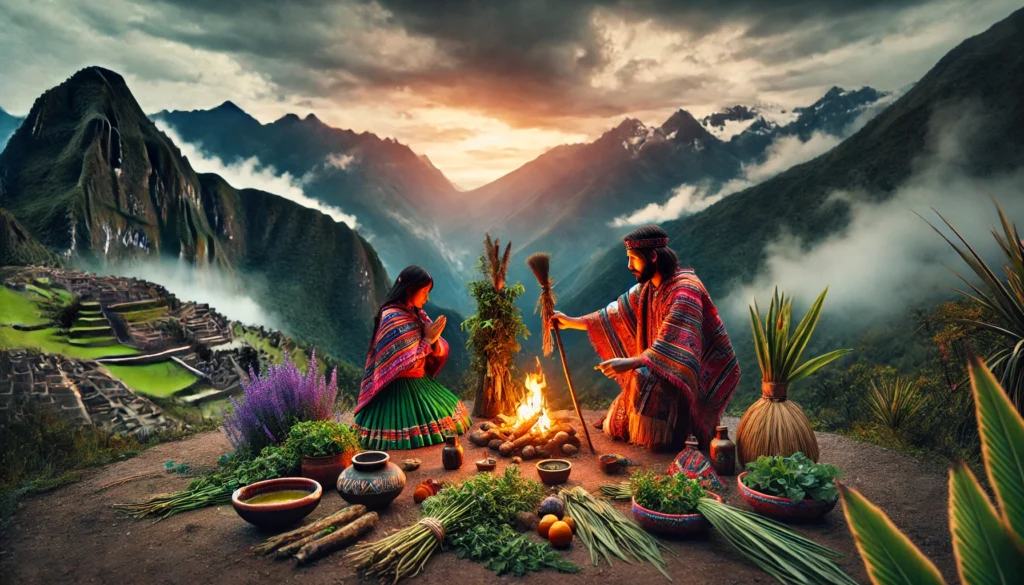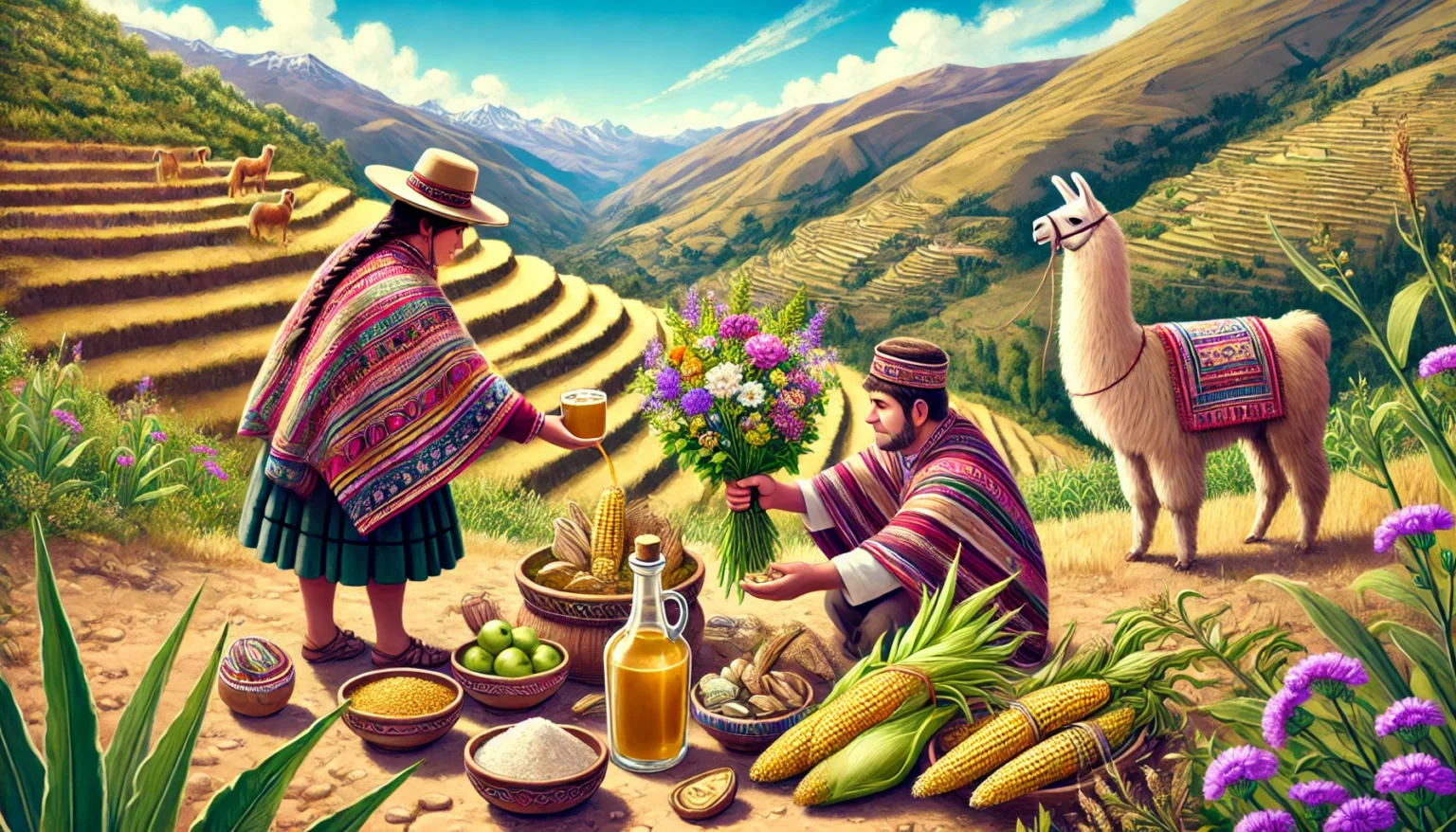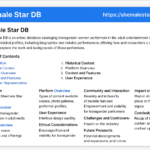Introduction
Uncuymaza is a profound concept rooted in the Quechua language, symbolizing healing, restoration, and spiritual revival. Deeply embedded in Andean traditions, it has been practiced for centuries as a means of achieving harmony with nature and the community. This guide will explore the origins, cultural significance, rituals, and evolving role of Uncuymaza in contemporary society.
History of Uncuymaza
Origins in Andean Culture
Uncuymaza finds its roots in the indigenous Quechua communities of the Andes, where it was an essential aspect of daily life. Ancient civilizations, including the Inca, practiced Uncuymaza as a means of maintaining balance with Pachamama (Mother Earth). The belief was that by respecting nature and engaging in spiritual rituals, one could achieve both physical and emotional well-being.
Evolution Over Time
As time progressed, Uncuymaza evolved, integrating influences from Spanish colonial rule and modern healthcare practices. While some elements of traditional healing were lost, many indigenous communities have preserved the essence of Uncuymaza through oral traditions, ceremonies, and holistic medicine.
Cultural Significance of Uncuymaza
A Pillar of Community Life
Uncuymaza is not just an individual practice but a communal experience. It strengthens social bonds and promotes a shared responsibility for well-being. Rituals are often performed in groups, reinforcing unity and cultural identity.
Symbolism and Deeper Meaning
Uncuymaza represents the cycle of life, emphasizing rebirth and renewal. It embodies the interconnectedness of humans, nature, and the spiritual world, making it a cornerstone of Quechua philosophy.
Traditional Uncuymaza Rituals and Practices
Healing Ceremonies
One of the most significant aspects of Uncuymaza is its role in healing. Shamans or spiritual healers, known as curanderos, use various techniques, including:
- Medicinal Plants: Herbs like coca leaves, muña, and chamomile are commonly used for their healing properties.
- Sound Therapy: Drumming, chanting, and pan flute music play an essential role in energy restoration.
- Energy Cleansing: Smudging with palo santo and sage helps clear negative energies.
Agricultural Rituals
Uncuymaza extends beyond personal healing to the well-being of crops and animals. Agricultural ceremonies include:
- Offerings to Pachamama: Farmers place food, flowers, and chicha (corn beer) in the earth to ensure a bountiful harvest.
- Harvest Celebrations: Ritual dances and communal feasts honor the land and ancestors for their blessings.
Life Cycle Events
Uncuymaza is also performed during major life transitions such as birth, marriage, and death. These rituals help individuals navigate significant changes while maintaining spiritual balance.
Uncuymaza in the Modern World
Integration with Contemporary Medicine
With the rise of holistic wellness, many elements of Uncuymaza are being studied and incorporated into modern healthcare. Practices such as herbal medicine, meditation, and community healing have gained traction in alternative therapy fields.
Revival Efforts and Cultural Preservation
Several organizations are working to document and preserve Uncuymaza traditions. Digital archives, storytelling projects, and cultural festivals are helping to spread awareness and ensure that this rich heritage is not lost.
Tourism and Global Recognition
As cultural tourism grows, more people are traveling to Andean regions to experience authentic Uncuymaza rituals. This not only helps sustain local economies but also promotes cross-cultural understanding.
Table: Traditional vs. Modern Uncuymaza Practices
| Traditional Uncuymaza | Modern Adaptations |
|---|---|
| Performed by shamans | Used in holistic therapy |
| Focuses on Pachamama | Integrated with mindfulness |
| Community-based healing | Individual wellness retreats |
| Ritual offerings | Herbal supplements |
| Passed down orally | Digitally documented |
Challenges and Future of Uncuymaza
While Uncuymaza remains a vital cultural practice, it faces challenges such as urbanization, commercialization, and cultural appropriation. However, with growing interest in indigenous knowledge systems, the future holds promise for a revival of this ancient tradition.
FAQs About Uncuymaza
- Is Uncuymaza a religious practice?
- No, it is a spiritual and cultural tradition rather than a structured religion.
- Can non-indigenous people participate in Uncuymaza rituals?
- Yes, but it is important to approach with respect and guidance from indigenous practitioners.
- Are Uncuymaza rituals scientifically backed?
- Some practices, such as herbal medicine, have been studied for their therapeutic benefits.
- How can I learn more about Uncuymaza?
- Visiting Andean communities, reading scholarly works, and attending cultural workshops are great ways to learn more.
- What is the difference between Uncuymaza and other indigenous healing traditions?
- While many indigenous cultures have healing traditions, Uncuymaza is unique in its deep connection with Pachamama and communal healing practices.
Conclusion
Uncuymaza is a timeless practice that embodies healing, renewal, and harmony with nature. From its roots in ancient Andean traditions to its modern adaptations, it remains a valuable source of wisdom and well-being. By preserving and respecting these traditions, we can continue to learn from Uncuymaza and integrate its principles into our daily lives for a more balanced existence.
RECOMMENDED ARTICLES
What is .ydesi? A Complete Guide to the Unique Domain Extension
The Ultimate Guide to adsy.pw/hb3: Everything You Need to Know
Viprow.us.com Odds: The Ultimate Guide to Sports Betting Insights
Artofzio: The Ultimate Guide to Modern Digital Art & Creativity














